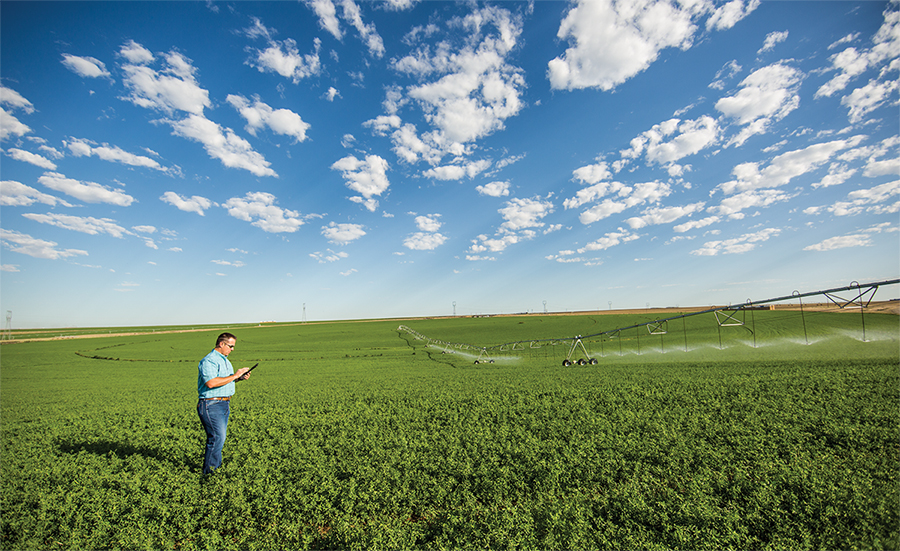Advertise Follow Us
Covering No-Till

Conflicting Stories, Messages Don’t Help Watersheds or No-Till Adoption
If we’re ever going to get anywhere with increasing conservation practices and fixing environmental issues in our watersheds we need to get consistent with the messaging.
Read More
Cow Comfort, Powered by the Sun
Sometimes you just come across a really cool idea (pun intended)…
Read More








